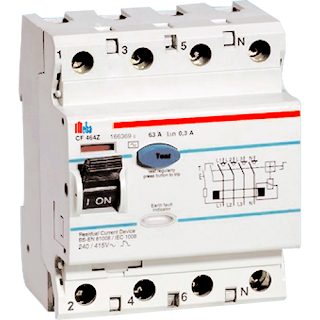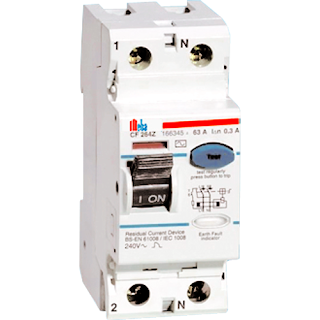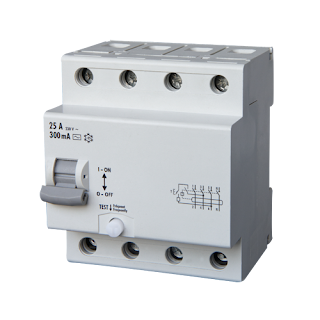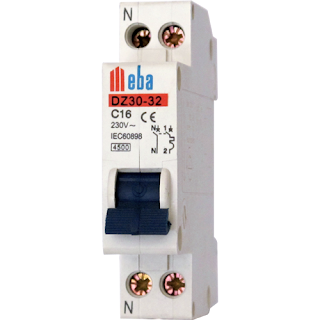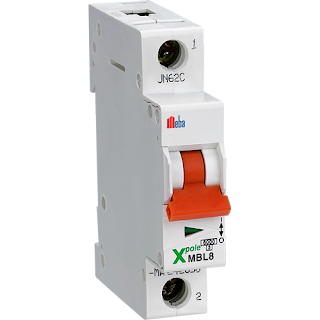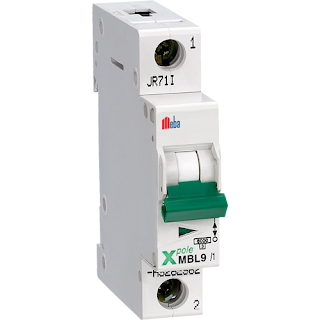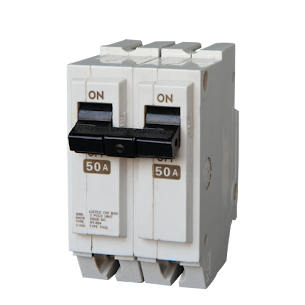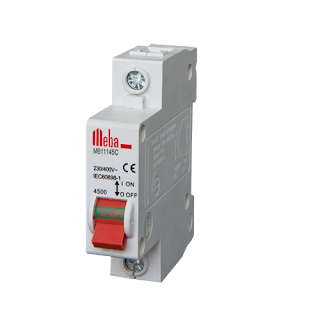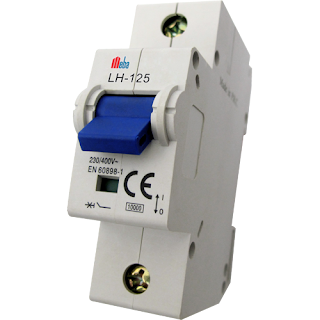Specifically designed electrical components that are used to protect us against the risks of electric shock and our homes against fire and other types of damage that can be caused by electrical faults are the circuit breakers. In your electrical switchboard each circuit breaker usually protects one or more related circuits against earth leakage, overload and short circuit.
First we need to understand what a circuit is and what the terms overload, short circuit and earth leakage mean if we want to understand what causes an ELCB residual current circuit breaker to burst (or more commonly known as trip).
Short Circuits – Something happens really wrong
No matter whether you're drilling a hole in the wall to put up that lovely family picture or digging in the garden for the great new flower box, you run the risk of damaging electrical cables concealed behind walls or in the soil each time you make changes to the house. Direct contact occurs between the individual wires in the cable when you drill a hole through a cable or cut it with a spade.
This is referred as a short circuit. In such a short circuit situation electrical cables were never designed to withstand the flowing current. In cases such as this, to ensure that the cable does not melt or catch fire the short-circuit protection mechanism in the ABB residual circuit breaker disconnects the electricity supply.
Overloaded Circuits and Tripping of Circuit Breakers
You need to have a proper look around your house at all the socket outlets. Into each socket outlet how many appliances are plugged? There are chances that you've got more than the circuit is designed for. On our electrical installations every day our increasing use of electrical and residual current devices puts more pressure - sometimes to the level where the amount of electricity we use exceeds the amount that the circuit can safely provide us without overheating or getting damaged. The circuit breaker in your switchboard will disconnect the circuit from the electrical supply if this happens.
